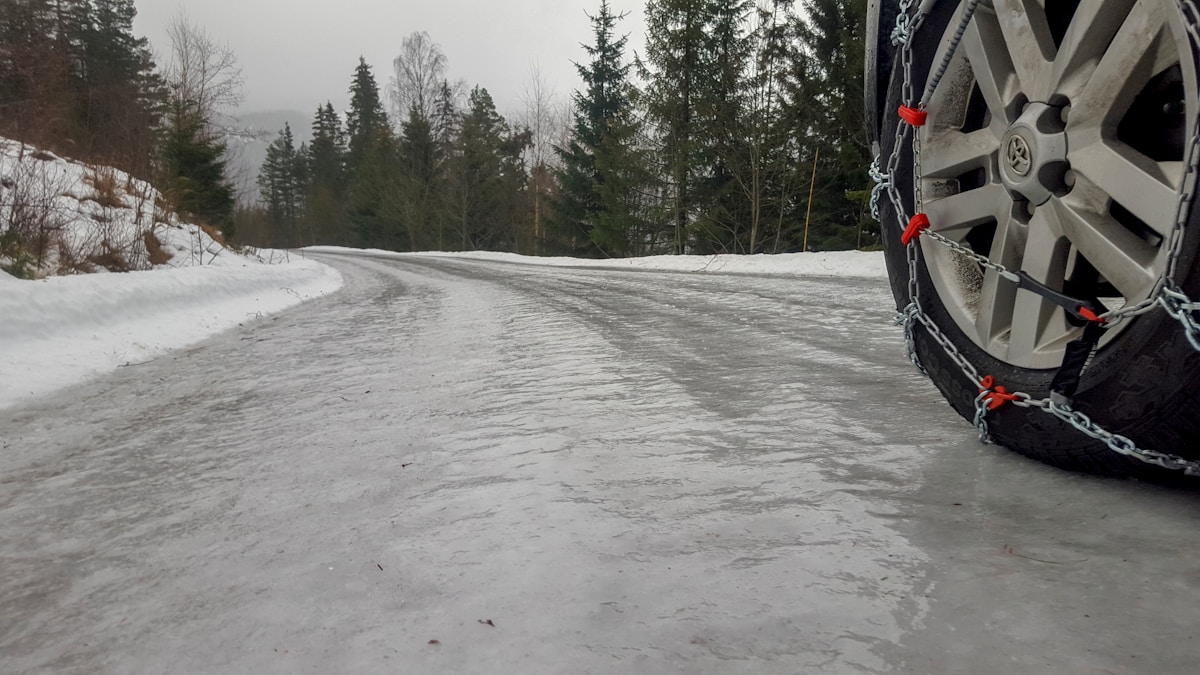Immersion: Childhood Lessons Transferred to Current Circumstance
Growing up in a harsh climate, and inevitably in what is widely considered the coldest city with over 500,000 inhabitants in the world, we never thought of these as “life-saving” or “survivalism”- it was simply life. Living. The day-to-day. It was the Prairies: isolated, no mountains, ocean, protection, wind, hail, black ice, frost, and the like. 6 months of the year. Yet any one of us that conspired to teach it as “survivalism” would have been laughed-at and mocked. Growing-up in a particular environment tends to make light of what are acknowledged as perceived norms – even when they’re not.
Manitoba has what is considered an “extreme humid continental climate”, where there are great differences between summer (up to 35-40 degrees Celsius) and winter (down to -35 to -40 degrees Celsius – not including that awful little phrase called “windchill.” (which often tends to add another 5-15 degrees onto the minus-total) It was vulnerable to numerous weather systems like blizzards and Arctice high-pressure systems. It was also also brutally hot and humid in the summers, with hot winds and scorching heat. That’s, at its utmost, a 75-80-degree shift in climate that the human body (and mind) grows to become accustomed to at a very young age. I grew up in it. It was home. It was really nothing special, or at least seen as such, for the first 38 years of my life.

A recent conversation with a friend brought up the idea of some of the tools and protocols utilized and taught regarding that winter climate. Note that there was no such thing as GPS, smartphones, wifi-connections, and the like back then. You were on your own. You had to prep BEFORE you left the house and in anticipation of worst-case scenario. Freezing to death and hypothermia were very real dangers if not done and something unexpected occurred. So our conversation, of its own volition and considering the current global playing-field, brought back some reflections on the practices my father and others taught me back in the day, likely many of which got me to this point in time:
ON-PERSON
Walking around, playing hockey, sledding, ice-fishing, playing outdoors in -20 brought some interesting bouts with frostbite on any exposed skin, which sometimes froze in under a minute depending on the temperature.
-“long-johns”/long-underwear, under-shirt to build layered-protection (generally 2-3 layers in extreme temps/climes)
-toque/bellaclava to protect against cold, wind, frozen rain, and friends
-snow-pants to go over the other 2 layers of lower-body clothing
VEHICLE “BUG-OUT BAG”
If ever hitting the ditch on a rural country-road in the midst of a blizzard, things could get pretty dicey at times.
-1st-Aid kit (lighter/matches, kindling, compresses, teabags, bandages, wraps, small splints, candles, etc.)
-blankets
-extra set of clothes
-distilled water
-area map
-sometimes a CB radio (citizen’s band)

EXTRA ADVICE
-full-tank of gas at all times (if needing to run a stranded vehicle for hours/overnight to keep warm)
-jerry-can of extra gasoline (5-10L helps if needing to re-fill, noting that continually revving a vehicle if stuck in deep-snow/ice exhausts gas at a more rapid rate than otherwise)
-if stranded and vehicle running, make sure to open a window/the windows open a crack to prevent the effects of progressive carbon monoxide poisoning, which has been known to kill)
-a battery-charger and cables so one can self-charge one’s own battery are an extra often worth having
-chains/floor mats/blankets can be used quite efficiently for traction, rocking, and momentum when stuck as many unfamiliar make the mistake of just revving for all it’s worth, thinking that will get them unstuck before the motor blows
-the extra-set of clothing and blankets can do wonders if needing a change of clothes from wet snow/water to prevent hypothermia
-many times I’ve simply used “permeation” of visualized body-heat from friction or closeness to warm frozen/very cold extremities or digits
-body heat is better than frenetic rubbing, which can cause cardiac-arrest if done too rigorously to an already-traumatized body
-change to winter tires with greater-grip than summer-ones
-if your back-end starts swinging-out while driving on ice, turn the steering-wheel in the direction the rear-end is swinging and be prepared to counter rapidly (but not drastically) as the tires re-catch on pavement or re-stabilize on ice (it’s a very, very subtle skill)
-brake gradually, not strongly
-stay with your stranded vehicle, don’t attempt walking if in rural/unknown areas
-snow-blindness is a thing: staring at all white or white with sun-glare can cause tracers, spotting, and perception problems while driving
-and many, many others

Okay, so why am I writing this at this time if it generally doesn’t pertain to my current life’s concerns? EVERY different harsh environment contains its own nuances, intricacies, and protocols that allow for not just survival, but excellence and, well, life to occur with minimal glitches. NOTHING replaces growing-up in that particular environment – whatever it is, not training, not short-term exposure, not research, not education.
Immersion is the number one method of getting good at a thing. When it becomes a neglected reality, an acknowledged part of daily-living, an unconscious acceptance – that’s a pretty unbeatable adaptability. That person will likely have forgotten more than you’ve training to remember – cut-away the irrelevant, unimportant, and insignificant while you’re only trying to absorb. “Paring” is the grandest sign of excellence. Of mastery. Of understanding. Experience, exposure, adaptation, immersion all contribute to learning to pare. Keep that in mind as the pandemic drags and remember the original March myths and perceptions that have already, 9 months later, inexorably been refined….
